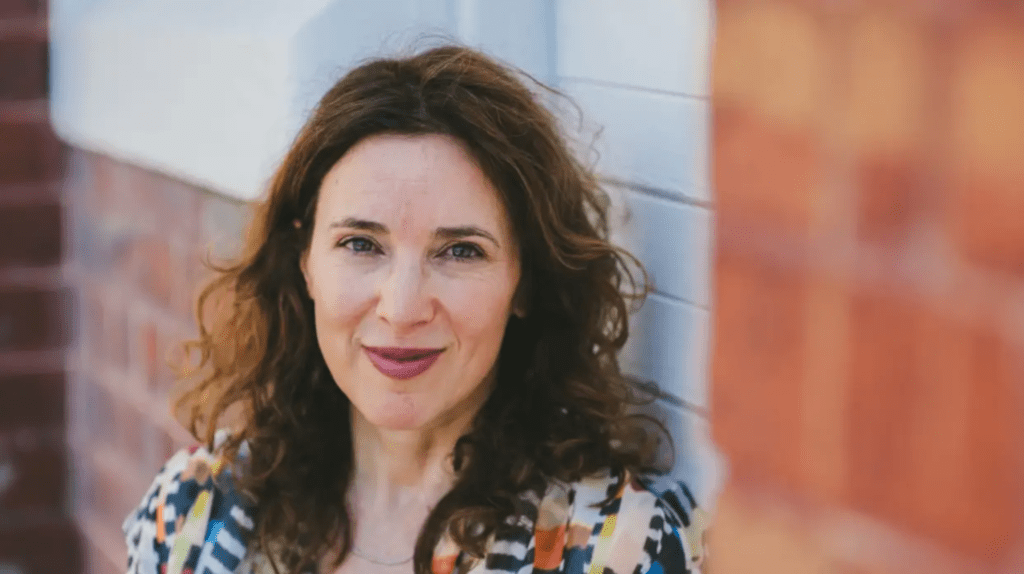Every CEO needs to pay attention to the outcome of the weekend’s federal election. Not only because of any economic policy or impact that having a new government might bring, but also because of the message Australians shared in regards to diversity.
If your C-suite or board looks anything like the major parties candidates – that is pale, male and stale – then there will be consequences. The election is a canary in the coalmine for every company that has dragged its feet on taking action to build a leadership team that reflects the broader Australian population.
Indeed, it’s possible former prime minister Scott Morrison might provide a lesson yet for Australia.
2021 saw a groundswell of female anger over the mistreatment of women in politics and resulted in thousands of women converging on Parliament House to protest. This week they protested with their votes.
The results of the election have opened up some welcome discussion about why this all happened (ie.. women have had enough), but Canberra can not be where we draw the line on the issue of representation.
For every Grace Tame and Brittany Higgins who have worked hard to expose the ugly side to the workplace in Canberra, there are thousands of other women who are also mistreated and overlooked by corporate Australia.
We need strong leadership from CEOs, boards and the C-suite to make this an issue that is directly addressed across corporate Australia – this is not just about “not ignoring women” but being proactive in seeking them out and elevating them.
Female CEOs continue to be judged by different standards. Women re-entering the workforce are forced to prove themselves over and over again. Women are still over-burdened with the responsibilities of juggling life at home and work … the list goes on.
If you think our anger stops with the election of this new “teal wave” of centrist independents then you are wrong.
We may not show up to your company with our placards, but we will also not show up with our credit cards either.
There is hope.
When speaking to male CEOs about improving diversity I am struck by the fact that there are plenty who are willing to try, yet have no idea where to start.
We know that so much that has been championed around Diversity, Equity and Inclusion has proven to have little impact – unconscious bias training and other “tick the box” exercises have become more about virtue signaling than accountable results.
Issues around gender quotas are also contentious and personally I believe just create another barrier for women to overcome given its assumed they got the job because of their gender and not their qualifications. I’m sure we’ve all heard the snarky remarks that people make along these lines.
So what are companies to do? Integrity and gender equality are not going to disappear as issues the buying public cares about.
One of the most radical things I have come to learn as a CEO is that we have the ability to judge people without bias with the help of technology. And most importantly, in doing this we improve diversity ‘automagically’.
I know because my company is at the forefront of research in this area. Our findings follow in the footsteps of so much work that has been done on what makes people good at their jobs – it’s not a university degree or even past experience in a similar role. It’s soft skills.
The life skills and talents we all bring to the table, that are often hard to see or quantify without the help of AI. But, importantly when we look at these factors alone then companies land up with more diverse hires.
One of our customers in the UK not only hired three times more ethnic minorities and one-and-a-half times more women than they did before they implemented our technology, but they also hired twice as many LGBTQI+ colleagues in their business than they did three years ago. They attribute this directly to the fact that they consider every candidate ‘blind’ and on the merit of their soft skills alone.
This approach not only improves the representation of women, but the diverse representation of women.
Which brings me back to the election. Our new parliament is the most diverse yet – even among the women there is enormous diversity.
Miracles don’t happen, and it will take action to get us there, but I feel positive that the same change is both needed and wanted across corporate Australia.
If the weekend taught us anything, it’s ‘times up’ on all male leadership.
Short of implementing “compulsory public voting” for all C-suite positions, there are simpler solutions to delivering similar results on improving DE&I.


